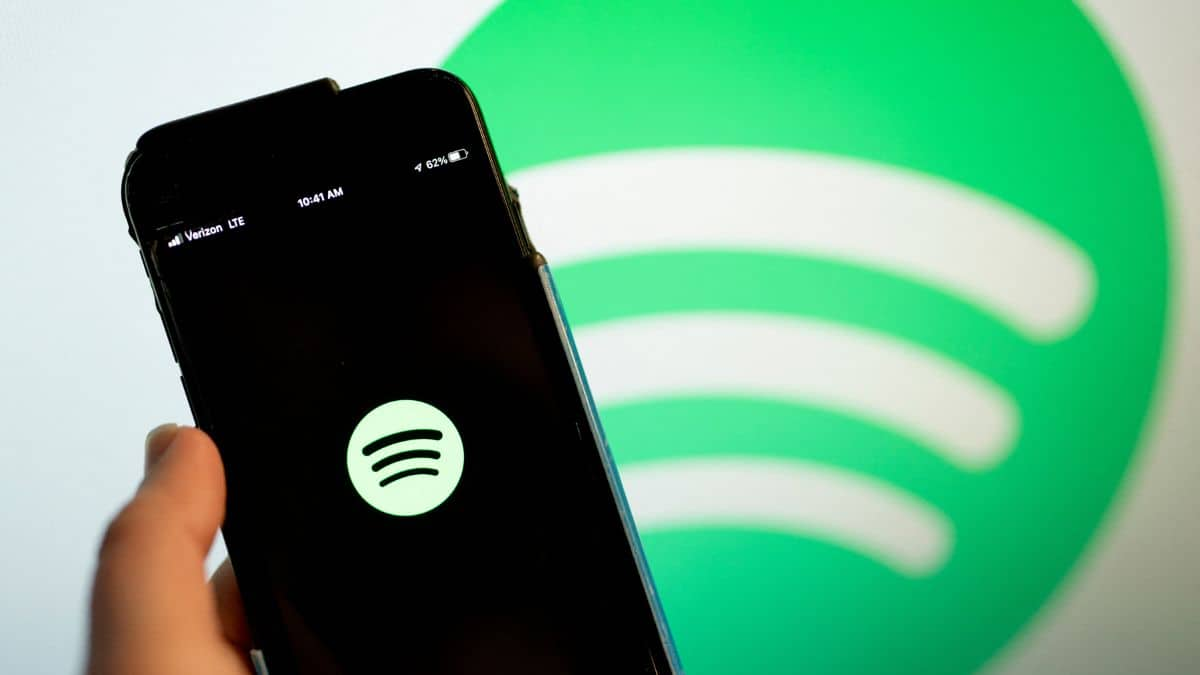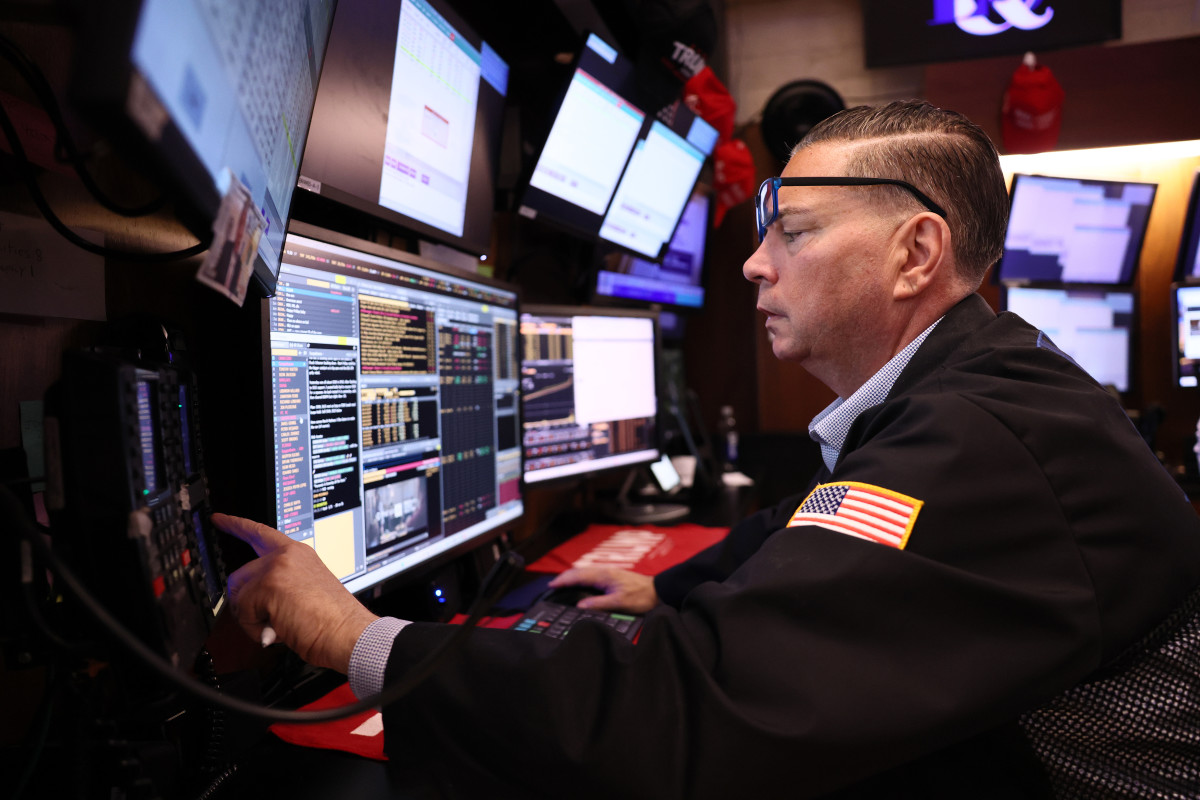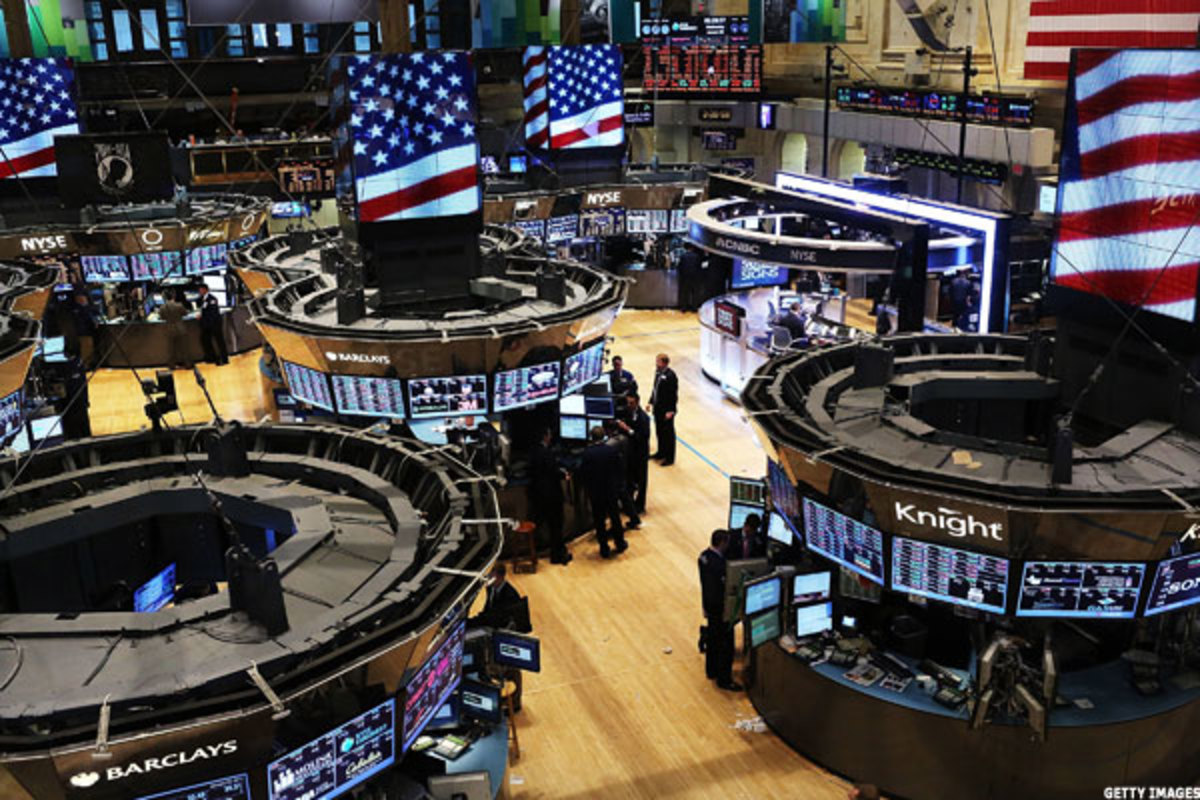Legendary investor shares bold take on Fed cut in December
The stock market hasn't had an easy time of it lately. The S&P 500 and Nasdaq Composite have retreated from their peaks in October amid growing concerns that the Federal Reserve is caught between its dual mandate to ensure low unemployment and inflation, two often conflicting goals. When the ...
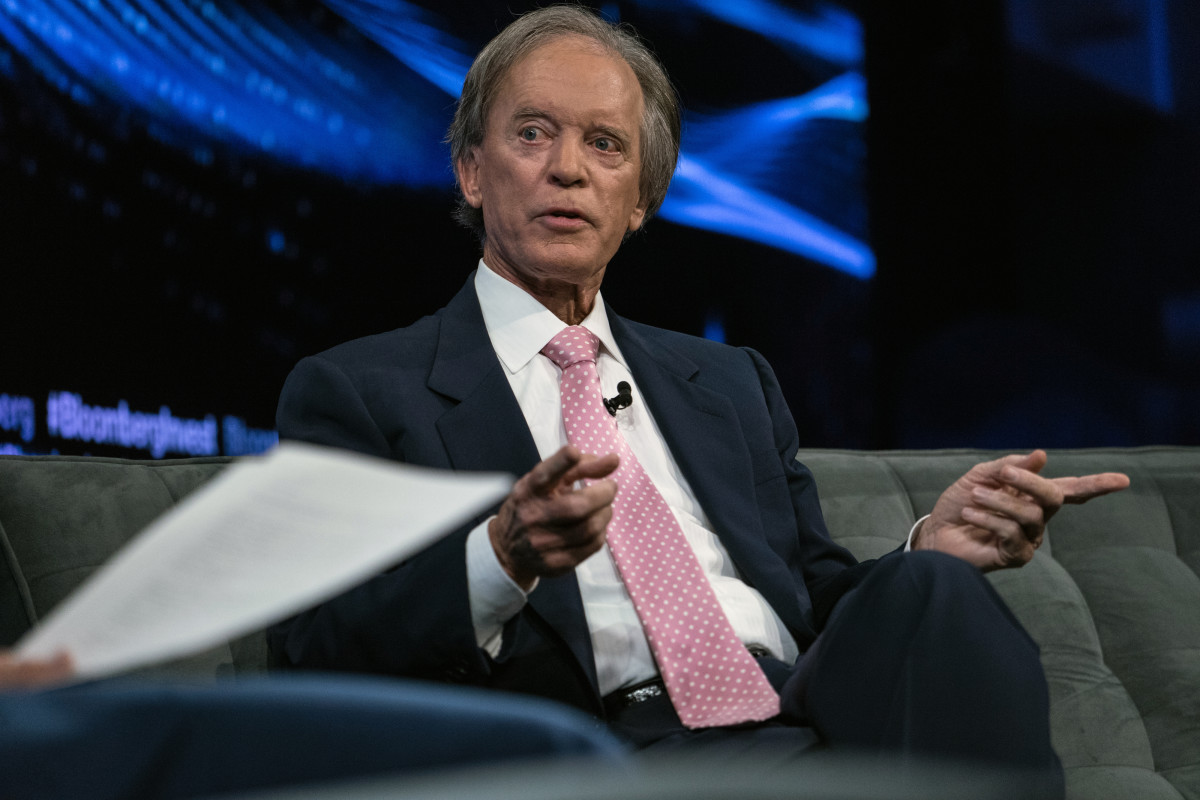
The stock market hasn't had an easy time of it lately. The S&P 500 and Nasdaq Composite have retreated from their peaks in October amid growing concerns that the Federal Reserve is caught between its dual mandate to ensure low unemployment and inflation, two often conflicting goals.
When the Fed raises its fed funds rate, it slows economic activity and inflation, but causes job losses. When it cuts rates, as it has recently, it boosts GDP but also causes inflation.
The Fed's concerns over rising unemployment led to its decision to cut interest rates at the FOMC meetings in September and October. However, considerable debate surrounds whether the Fed will lower rates again at its next meeting on December 10.
Inflation has rebounded to 3% in September from 2.3% in April, according to the CPI, mainly due to tariffs. Meanwhile, the job market continues to show cracks, with the Bank of America noting that wages aren't keeping pace with inflation for millions of workers, and Challenger, Gray and Christmas reporting surging layoffs.
The dynamic puts the Fed in a tough spot, a fact that isn't lost on veteran Wall Street bond manager Bill Gross. Gross has been managing money in the markets since 1971, and he co-founded Pacific Investment Management Company, or PIMCO, a massive firm with $2 trillion in assets under management. He formerly managed over $270 billion via PIMCO’s Total Return Fund, earning him the nickname “Bond King” before moving to Janus Henderson Investors from 2014 to 2019, and subsequently retiring.
Gross has witnessed a great deal over his 50-year career, and this week he weighed in with a blunt message on what's likely to happen at the Fed's meeting in December. Photo by Bloomberg on Getty Images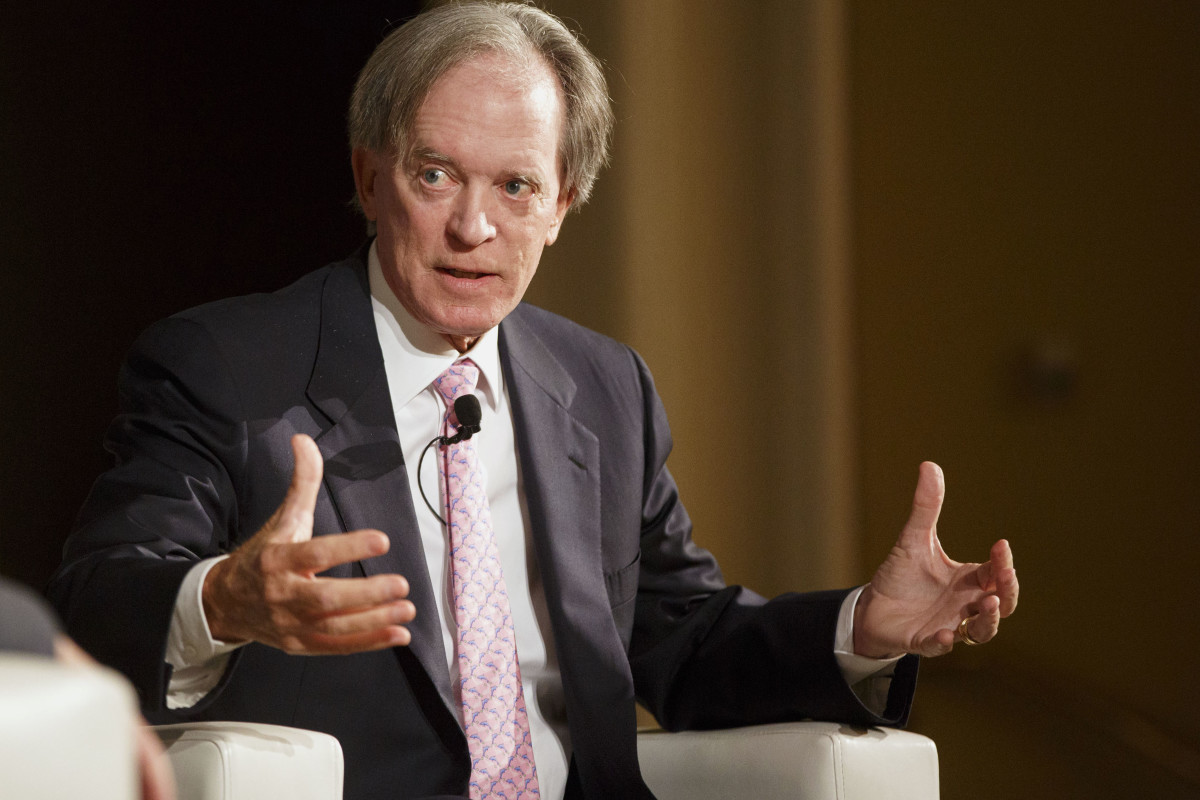
Federal Reserve at risk of falling behind the curve yet again
The Fed's contradictory goals for unemployment and inflation mean that it's often cautious in its actions, worried that shifts in monetary policy could harm the economy more than they help.
That hesitancy often means it falls behind the curve at turning points, acting too slowly to curb inflation (as in 2021) or boost jobs (as now).
More Economic Analysis:
- Next Fed interest-rate cut could slide into 2026
- Ex-Fed official faced ethics probe on illegal stock trades
- Fed official sends strong signal on December interest-rate cut
In 2024, the Fed shifted from hawkish to dovish monetary policy, cutting its Fed Funds Rate by 1% into year's end. It did so because inflation appeared tamed, having fallen below 3% from a peak of over 8% in 2022.
Unfortunately, President Trump's inflationary tariffs put a halt to additional cuts early in 2025. Higher-than-hoped tariffs announced from February through early April have lifted the effective tariff rate to 18% from 2.4% in January, according to the Yale Budget Lab. As a result, Harvard's Pricing Lab estimates prices on thousands of goods have risen by an average of 6.14% more than they would have otherwise.
Unwilling to risk further fanning the flames of inflation, the Fed moved to the sidelines, drawing the ire of President Trump, who wanted lower rates to offset the drag on the economy from tariffs.
The Fed acquiesced in September and again in October, lowering rates by a quarter percentage point at each meeting, but only after unemployment rose. According to the Bureau of Labor Statistics, the unemployment rate was 4.4% in September, its highest level since 2021.
Meanwhile, Challenger, Gray and Christmas reports layoffs surged 175% year over year to 153,074 in October, and total roughly 1.1 million year to date, up 65% from the same period last year.
Bank of America also noted in a research report shared with TheStreet that pay for middle- and lower-income households increased by only 2% and 1% from last October, failing to match the 3% inflation rate reported in September.
Bill Gross weighs in on rate cuts after markets tumble
While the Fed's goals are low inflation and unemployment, it historically recognizes that market dislocations can have a significant impact on consumer sentiment and business and household spending. As a result, the Fed's unstated third mandate is to avoid seismic shocks to markets that could spill over and derail the economy.
Bill Gross's long-time experience on Wall Street means he has witnessed many bull and bear markets, including the boom-bust of the Nifty Fifty, skyrocketing inflation in the 1970s, the S&L crisis in the late 1980s and early 1990s, the Internet boom-bust, the Great Recession, COVID-19, and the 2002 bear market.
He's witnessed the Fed's reaction to those events firsthand, making his recent comments on X (formerly Twitter) worth considering:
Gross was referring to a major reversal in markets on Nov. 20th following Nvidia's blockbuster earnings report on Nov. 19th. Initially, markets reacted positively to Nvidia's beating Wall Street estimates on the top and bottom lines, but prices faded as the day progressed, with indexes finishing in the red.
Cryptocurrency was likely to blame as Bitcoin tumbled sharply before the stock market's reversal, hinting at forced liquidation, which led to speculators' frenzied selling of other assets to cover margin buys.
The risk of more falling dominoes derailing the economy is significant enough for Gross to think that the Fed will indeed reduce rates again in December -- an opinion that's been in the minority until this week.
Influential John C. Williams, President and CEO of the New York Fed, came out on Nov 21 with dovish comments, ostensibly to soothe markets, saying "I still see room for a further adjustment in the near term to the target range for the federal funds rate."
Gross took that as a signal that rate cuts aren't just on the table, but likely, saying that it amounted to a "Williams put."
The CME's Fed Watch tool measures futures trading to calculate the probability of rate cuts. One week ago, the odds of another Fed cut in December were 44%. After this week's market gyrations, the probability has improved to 69%.
Another rate cut would be good news for businesses and borrowers. The Fed doesn't control bank lending rates, but changes to its Fed Funds Rate do impact Treasury bond yields, which are used to set them. The lower the Fed Funds Rate, which is the level at which banks lend each other overnight reserves, the more likely mortgage, credit card, auto loan, and corporate borrowing rates are to go, and that's something most will cheer.
What's Your Reaction?






















